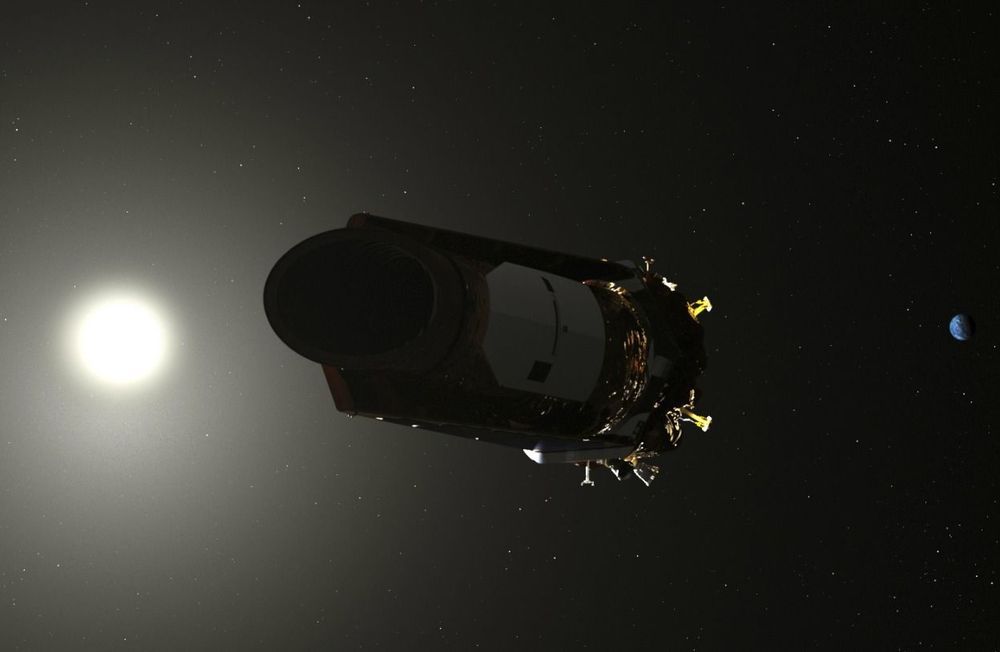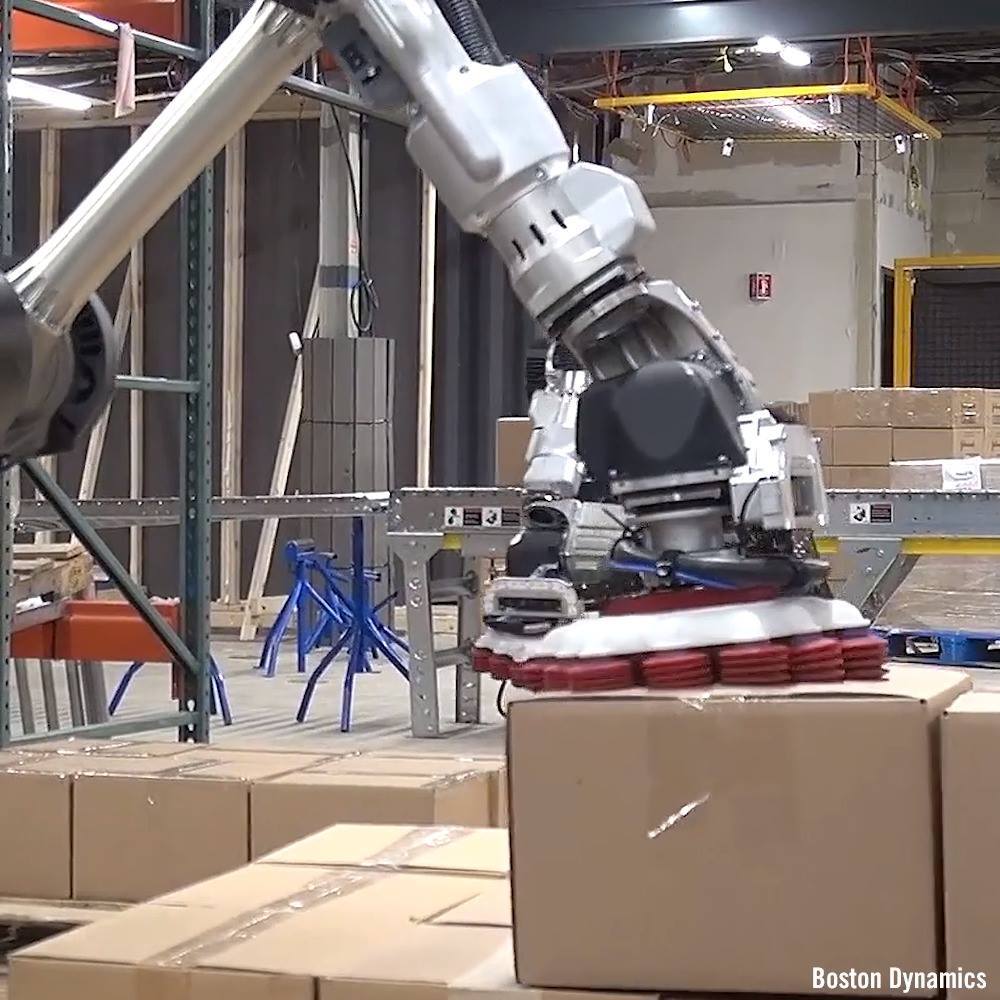Apr 2, 2019
Student astronomer spots two new planets with the help of AI
Posted by Genevieve Klien in categories: robotics/AI, space
Discovering planets that nobody has ever seen before is even harder than it sounds. Space telescopes from NASA and other scientific bodies have gathered an incredible amount of data that will take astronomers years and years to sift through, and many times there’s just nothing there to be found.
But humans don’t have to do all of the work, and Anne Dattilo, a senior at the University of Texas in Austin enlisted the help of artificial intelligence to study data from NASA’s Kepler space telescope and found not one, but two new exoplanets in the process.

















